Refine listing
Actions for selected content:
2251 results in Cambridge Elements
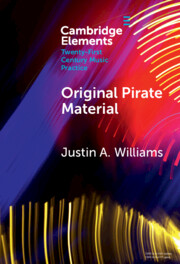
Original Pirate Material
- The Streets and Hip-hop Transatlantic Exchange
-
- Published online:
- 22 November 2024
- Print publication:
- 19 December 2024
-
- Element
- Export citation
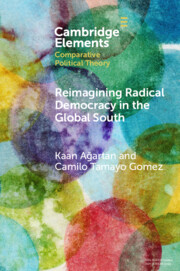
Reimagining Radical Democracy in the Global South
- Emerging Paradigms from Colombia and Türkiye
-
- Published online:
- 22 November 2024
- Print publication:
- 02 January 2025
-
- Element
- Export citation
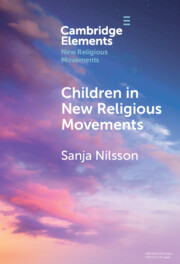
Children in New Religious Movements
-
- Published online:
- 22 November 2024
- Print publication:
- 12 December 2024
-
- Element
- Export citation
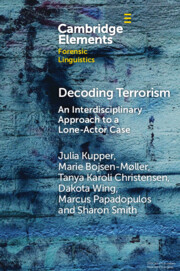
Decoding Terrorism
- An Interdisciplinary Approach to a Lone-Actor Case
-
- Published online:
- 21 November 2024
- Print publication:
- 12 December 2024
-
- Element
- Export citation
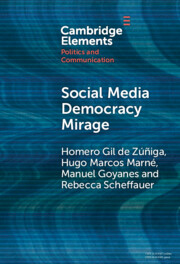
Social Media Democracy Mirage
- How Social Media News Fuels a Politically Uninformed Participatory Democracy
-
- Published online:
- 20 November 2024
- Print publication:
- 19 December 2024
-
- Element
- Export citation
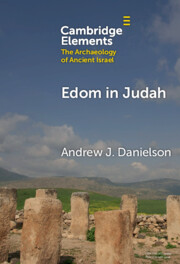
Edom in Judah
- Trade, Migration, and Kinship in the Late Iron Age Southern Levant
-
- Published online:
- 20 November 2024
- Print publication:
- 19 December 2024
-
- Element
- Export citation
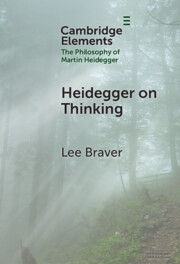
Heidegger on Thinking
-
- Published online:
- 18 November 2024
- Print publication:
- 12 December 2024
-
- Element
- Export citation
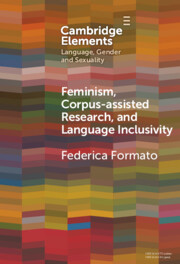
Feminism, Corpus-assisted Research and Language Inclusivity
-
- Published online:
- 15 November 2024
- Print publication:
- 28 November 2024
-
- Element
- Export citation
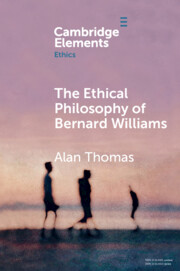
The Ethical Philosophy of Bernard Williams
-
- Published online:
- 14 November 2024
- Print publication:
- 21 November 2024
-
- Element
- Export citation
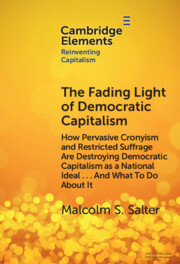
The Fading Light of Democratic Capitalism
- How Pervasive Cronyism and Restricted Suffrage are Destroying Democratic Capitalism as a National Ideal … And What to do About it
-
- Published online:
- 14 November 2024
- Print publication:
- 28 November 2024
-
- Element
- Export citation

Peace Leadership
- A Story of Peace Dwelling
-
- Published online:
- 14 November 2024
- Print publication:
- 28 November 2024
-
- Element
- Export citation
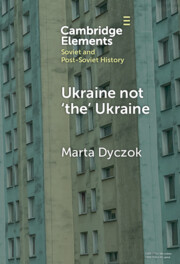
Ukraine not ‘the’ Ukraine
-
- Published online:
- 14 November 2024
- Print publication:
- 21 November 2024
-
- Element
-
- You have access
- Open access
- HTML
- Export citation
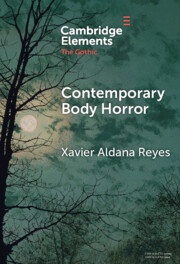
Contemporary Body Horror
-
- Published online:
- 14 November 2024
- Print publication:
- 05 December 2024
-
- Element
- Export citation
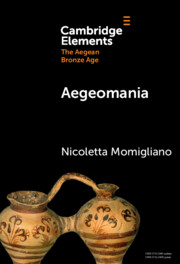
Aegeomania
- Modern Reimaginings of the Aegean Bronze Age
-
- Published online:
- 14 November 2024
- Print publication:
- 21 November 2024
-
- Element
-
- You have access
- Open access
- HTML
- Export citation
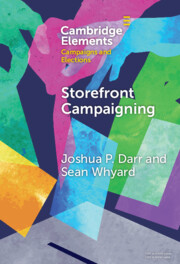
Storefront Campaigning
-
- Published online:
- 14 November 2024
- Print publication:
- 05 December 2024
-
- Element
- Export citation
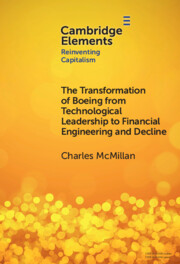
The Transformation of Boeing from Technological Leadership to Financial Engineering and Decline
-
- Published online:
- 14 November 2024
- Print publication:
- 05 December 2024
-
- Element
- Export citation
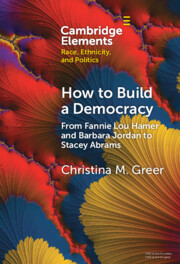
How to Build a Democracy
- From Fannie Lou Hamer and Barbara Jordan to Stacey Abrams
-
- Published online:
- 13 November 2024
- Print publication:
- 21 November 2024
-
- Element
- Export citation

Forensic Crime Fiction
-
- Published online:
- 31 October 2024
- Print publication:
- 31 October 2024
-
- Element
- Export citation
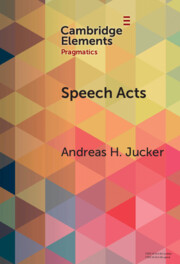
Speech Acts
- Discursive, Multimodal, Diachronic
-
- Published online:
- 24 October 2024
- Print publication:
- 24 October 2024
-
- Element
- Export citation
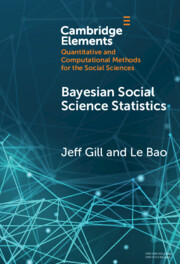
Bayesian Social Science Statistics
- From the Very Beginning
-
- Published online:
- 24 October 2024
- Print publication:
- 24 October 2024
-
- Element
- Export citation
